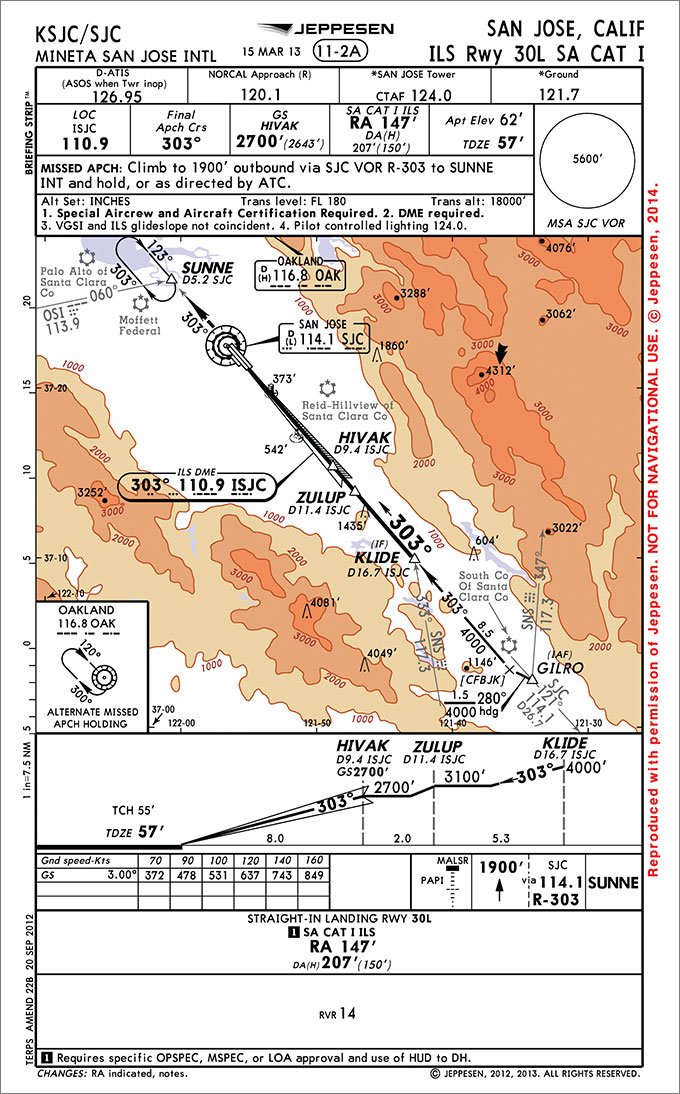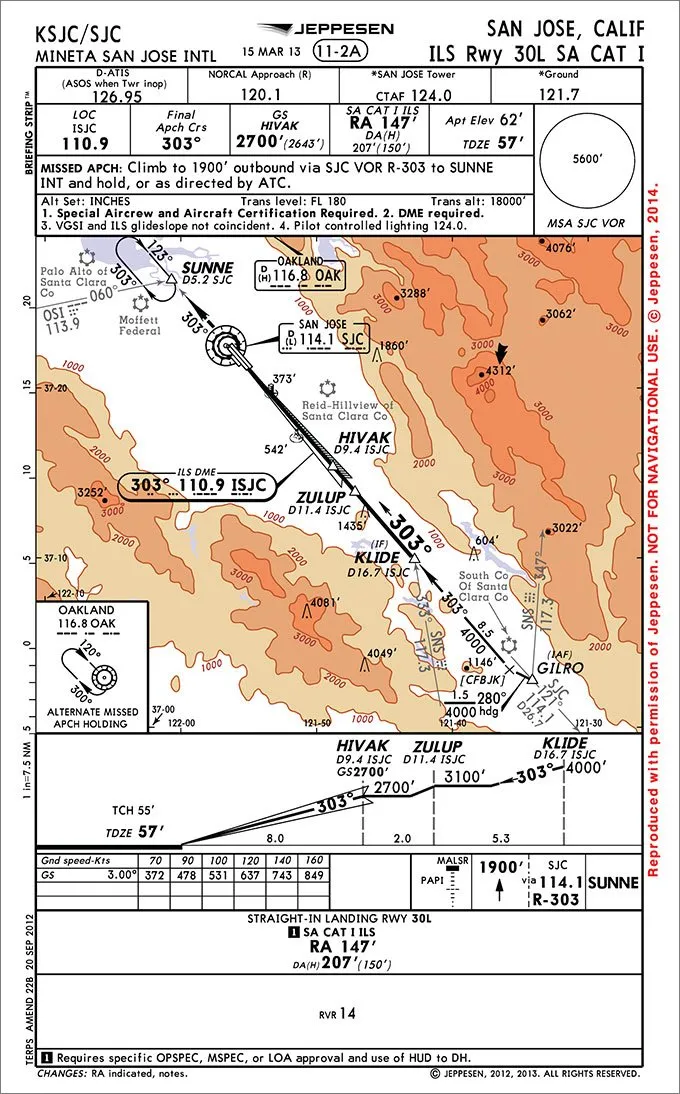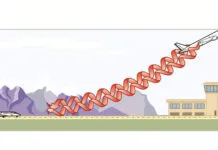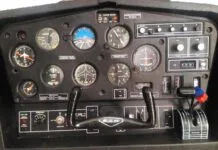60 Months? Really?
I just read with great interest your article in the April issue, “ATP: Higher Cost Soon.”
One point that I found most surprising was the following statement: “The knowledge test expires 60 calendar months after it’s completed.”
I have been toiling under the notion that this test is good for 24 calendar months. Are you sure about that number?
Brian Handy
Bozeman, Mont.
Good catch, Brian. We goofed. Somewhat…
Knowledge tests taken before August 1 still expire in 24 months with a few unusual exceptions. We screwed that one up in editing.
ATP Multi-Engine Class (only) knowledge tests taken as part of the certified training program (beginning August 1) do, indeed, have a shelf life of 60 months as noted in FAA order 8080.6G.
Our statement that you should take the knowledge test today and you have 60 months to complete the practical test is incorrect. It’ll still be cheaper/easier to take the knowledge test now, but it only lasts 24 calendar months during which time you can still take your practical without concern for the certified training program requirements.
Class E Surface Area
In the February article “ATC’s Side of Special VFR,” the author overlooked the Class E surface area where a SVFR clearance would be required with weather below basic VFR. This airspace provides an insidious way to get violated, as the weather can appear to meet the Class G minima, but actually be IMC. In California, this type of airspace is quite common. Crescent City, Arcata, Paso Robles, and Visalia come immediately to mind.

Additionally Class E surface areas can exist when control towers close for the night. Just because the controllers went home does not necessarily mean that the airspace became Class G. If you are not sure where to find this information, check the blue box on your Jepp low enroute or terminal area charts…
Special note to G1000 users: Garmin does not depict Class E surface areas on the G1000 surface map out of concern for making the map too cluttered.
Bennett E. Taber
Dreamline Aviation LLC
San Francisco, Calif.
Not In My Aircraft
In January’s “Cockpit Weather Choices,” you have a table that shows a Garmin GDL 88 (FIS-B) for G1000. This is only true if the aircraft manufacturer has certified the unit in a particular aircraft model and that may take a while. For example, Diamond says they currently have no plans to get it approved for the DA40, leaving no options at this time for full ADS-B with the G1000.
Charlie Schobel
Atlanta, Ga.
This is a complex point. The GDL 88 is certified to work with many Garmin devices that are field installed. However, since the G1000 is (almost) only available through an airframe manufacturer, that manufacturer must get involved in the certification of those installations.
Garmin specifically said this: “Garmin has incorporated the GDL 88 ADS-B datalink into select aftermarket panel mount products, but we have not yet completed the integration with the G1000. Garmin is continuing to work on updating the G1000 software to support ADS-B data from the GDL 88. Once this work is complete and certified, airframe manufacturers can begin to incorporate and certify the GDL 88 ADS-B datalink into their G1000-equipped aircraft.”
Uh…How Many?
I found Douglas and Stewart Boyd’s article “Turbulence V-Speeds” (March 2014) to be sobering and instructive. However, their statement that “in the last decade, 50 accidents—about 10 percent of all accidents—were due to in-flight structural failure” doesn’t add up.
By the Boyd’s accounting, there would have been a total of about 500 accidents over the past decade. However, AOPA (citing FAA statistics) reports that for the decade 2001 to 2010, there were 16,066 total GA accidents. That doesn’t jive.
Was that an editing glitch or am I interpreting it incorrectly?
Fred I. Stahl
Raleigh, N.C.
You’re right, Fred. The more accurate statement is figuratively lying on the editing room floor.
The author’s original manuscript referenced 573 IMC accidents, of which 50 (nearly 10%) were structural failures. Einstein is quoted as saying, “Make everything as simple as possible, but not simpler.” We edited that to be too simple and changed the meaning. Good catch.
Steam Gauge Vindication
Steam Gauges are indeed safer for me.
I quickly identified with Jordan Miller’s “Steam Gauges Are Safer” in February and it let me feel a little vindicated. I had a little over 40 hours of instrument training at just about the time that IFR GPSes started entering our club airplanes. I was fine with the round gauges, liked them, in fact, for their rate and trending information and their absolute ease of use—twist, verify, done. On a GPS-based flight I asked my CFII to be ATC and give me some re-routes and approach amendments. It took just a few minutes for me to realize that I’d never fly enough to be comfortable or safe with that amount of distraction. So I bought a Cub, updated my sectionals and forgot about the rating.
Art North
Rochester, N.Y.
We’re glad Jordan’s article resonated for you, Art.
We’ve often written of a friend who flies 757s across the Pacific for work, then comes home to fly his Cub for the perfect counterbalance. However, he does occasionally rent a local airplane for some serious traveling and even enjoys IMC on those trips. So, I hope you can find your balance and that we don’t lose you forever.
What’s In a Name?
I noticed the San Jose, Calif. ILS RWY 30 (SA CAT I) approach, which notes “SA CATEGORY I ILS—SPECIAL AIRCREW AND AIRCRAFT CERTIFICATION REQUIRED.” The DH is 150 feet above touchdown. (There is also an RA, radar altimeter, notation of 147 feet). With a DH of 150 feet, why isn’t this a CAT II approach rather than a CAT I approach?
It’s completely academic, since I can’t fly this anyway, but I’m curious. I even asked the tower and they didn’t know.
David S. Lindsay, Ph.D.
Oakland, Calif.
We put this to our resident TERPSter, Lee Smith, and he replied:
This is a question that’s come up a few times among some of the folks that I work with.
A normal Cat I ILS can go down to 200 feet/1800 RVR, a SA Cat I ILS can go down to 150 feet/1400 RVR, and a Cat II ILS can take you down to 100 feet/1200 RVR.
Compared to a Cat I, the SA Cat I ILS requires the use of a HUD certified for Cat II operations, an operating control tower, a declared landing distance of at least 5,000 feet and it isn’t approved for single-pilot operations.
The difference between a SA Cat I and a regular Cat II (there is also a SA Cat II) mainly involves additional lighting and system redundancy and monitoring. Cat II operations require runway and approach lights, touchdown RVR, localizer, and glideslope standby power and the localizer and glideslope to have dual transmitters in case of failure.
We read ‘em all and try to answer most e-mail, but it can take a month or more. Please be sure to include your full name and location. Contact us at IFR@BelvoirPubs.com.





